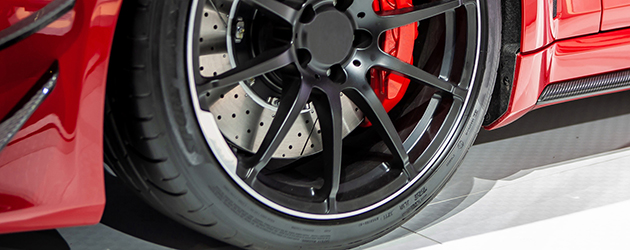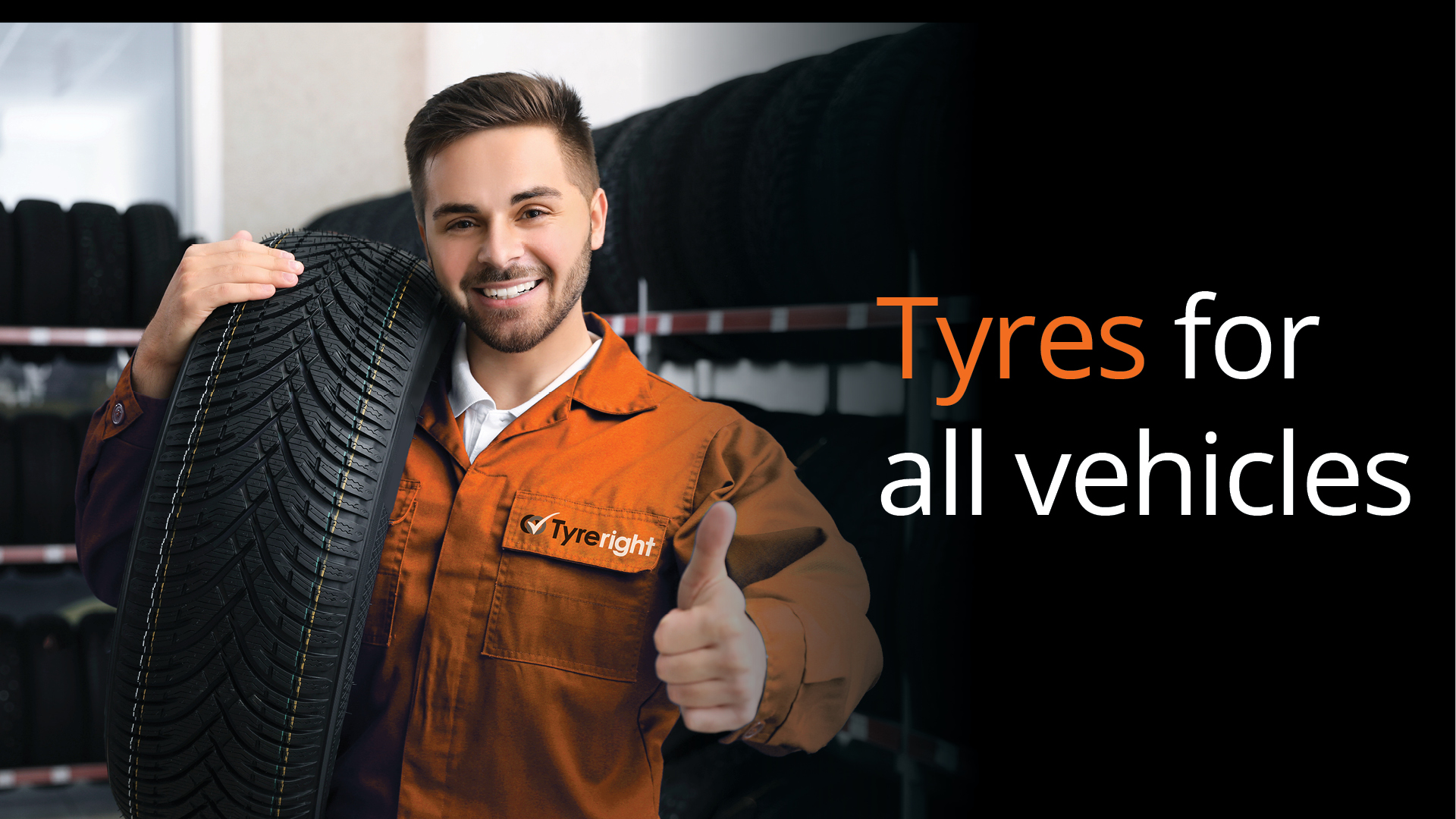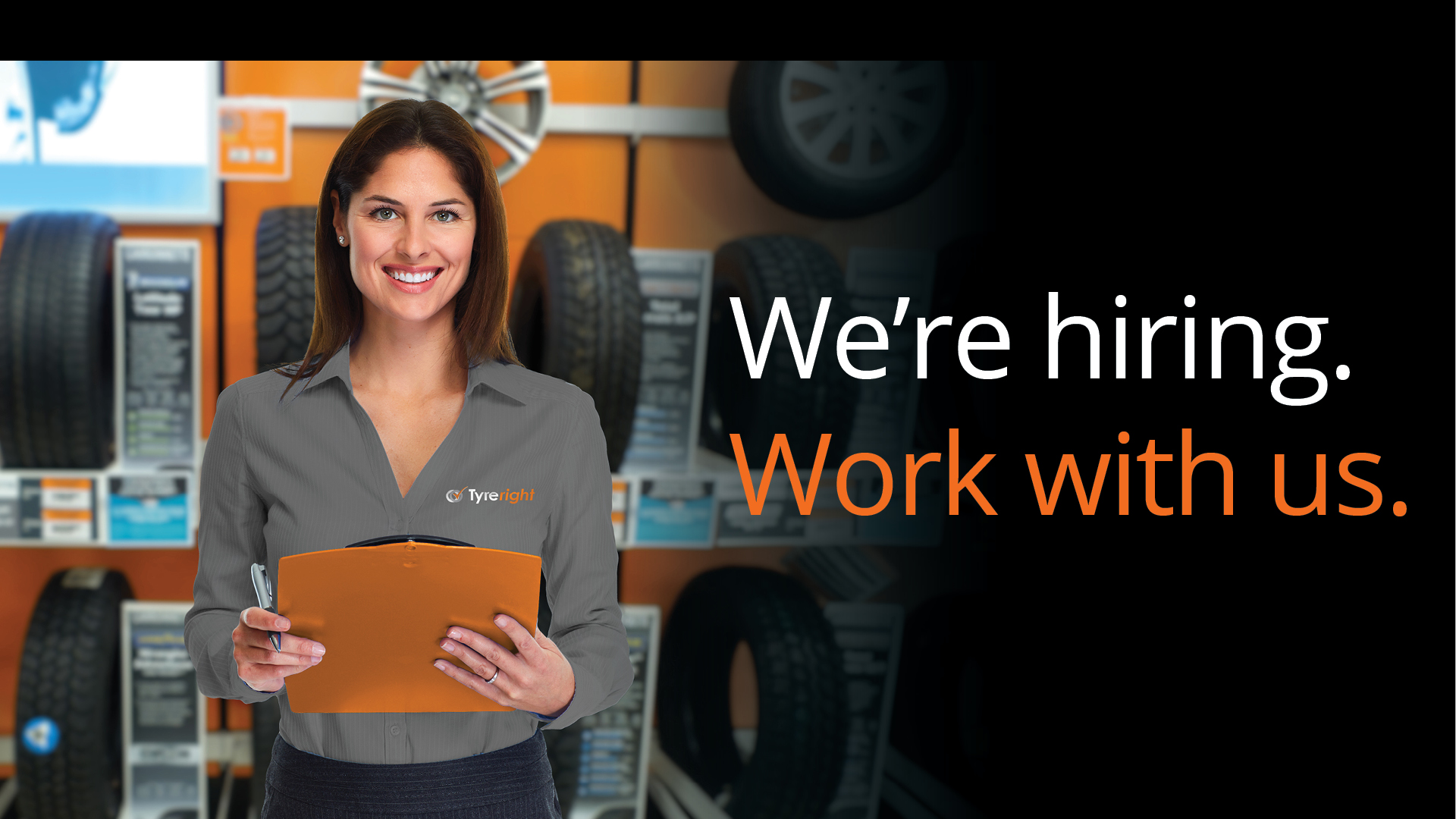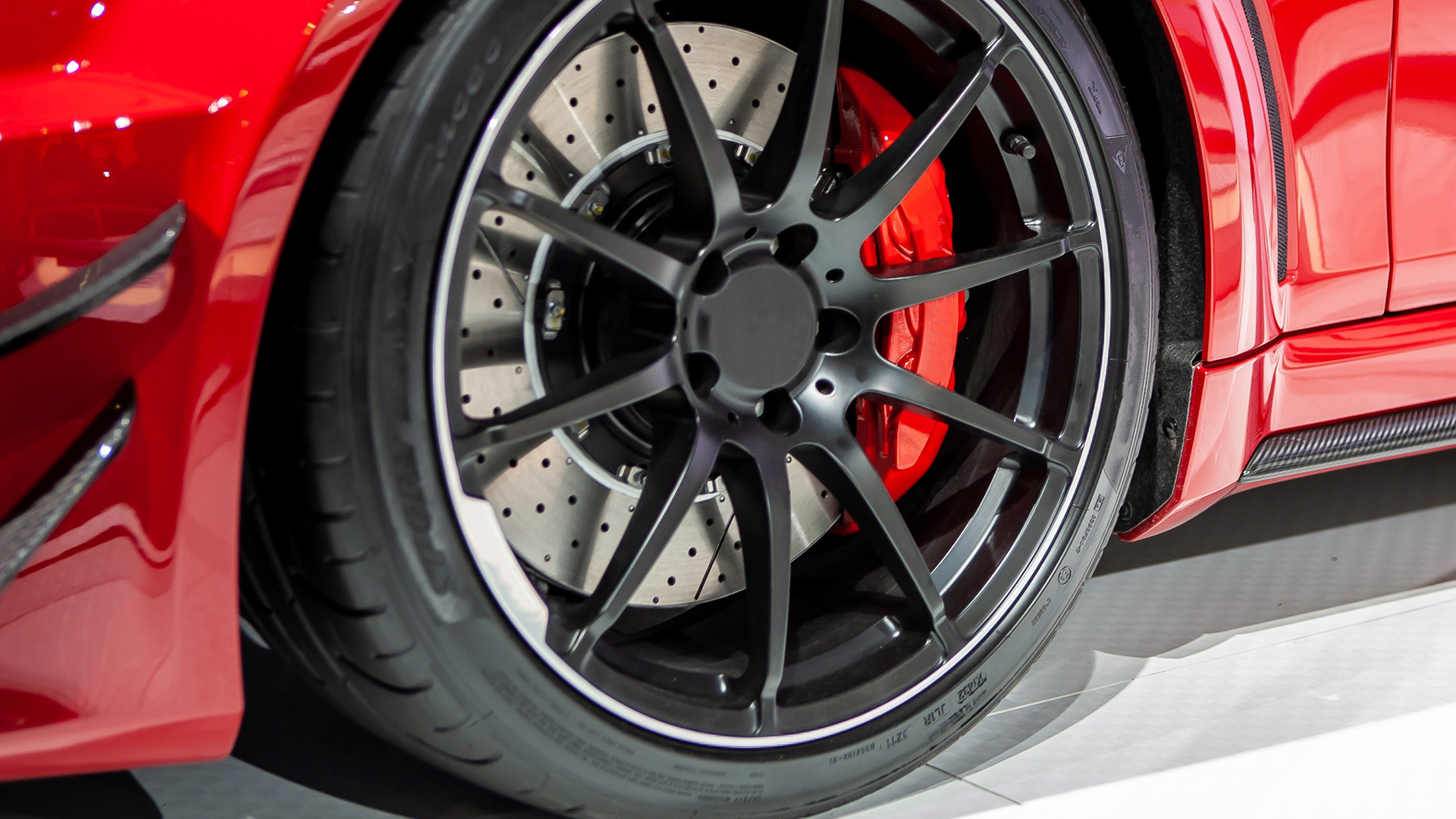
If you drive, take a moment to consider how important your wheels are. They carry the weight of your ride, propel it forward, and help it stop.
So, here are a few reasons why proper wheel care is a must for every car owner.
Your car needs well-maintained wheels for a smooth ride
Unbalanced tyres can cause road vibration, which may cause driver fatigue, premature tyre wear (known as cupping or dipping), or even damage your suspension. Misaligned wheels can also cause uneven wear and make your car pull to one side of the road. A Tyreright alignment and balance is the answer.
Wheel Alignment: Wheels can become misaligned by hitting bumps, kerbs, and potholes or simply from the wear and tear of driving on uneven surfaces. A professional wheel alignment every 10,000km or every six months ensures all your wheels are pointing in the right direction, which helps with braking and handling, reduces tyre wear, and improves fuel efficiency.
Wheel Balancing: A wobble or vibration through the steering wheel during high-speed driving signals that your tyres are not in balance. The smallest difference in weight distribution between your wheel and tyre can result in an imbalance in one area. It can cause uneven wear and exert undue stress on steering components, posing potential safety risks on the road. A tyre wheel balance every 8,000 to 10,000km can fix it. We use the latest specialised equipment to balance the weight of your tyre and wheel assembly so that it spins smoothly and safely.
Whether it’s an Alloy Wheel or a Steel Wheel, it needs a little TLC
Give your alloy wheels or steel wheels some TLC by cleaning them regularly to remove dirt, brake dust, and road grime. A clean set of wheels not only looks good, but also prevents corrosion. While you’re cleaning, take a closer look. Although constructed from durable materials, they are susceptible to damage caused by road hazards, such as scratches, cracks, and bends. The good news is if caught early, most problems can be repaired professionally.
A quick look can spot problems before they become a headache
Take a moment every other week to inspect the tread depth and tread wear patterns.
Excessive wear on the edges of the tyre hint at underinflation, while wear concentrated at the centre might suggest overinflation.
Many tyres have treadwear indicator bars – small, raised bars found within the grooves of your tyres in various spots between the tread markings. Once your tread is worn to the level of the wear bars, it’s time to see the experts for a replacement tyre.
Driving on tyres that are past their prime is also very risky. As tyres age and face exposure to the elements, the bond between the rubber and the steel belts weakens. This can cause cracks in the tyre structure – in the worst-case scenario, it could lead to the separation of the steel belts in the tread from the rest of the tyre.
To avoid this, replace your tyres when they reach 10 years old, regardless of their appearance, mileage, or visible wear. To work out how old your tyres are, refer to the Serial Tyre Identification Number (TIN) on the sidewall of the tyre – the last four digits (for tyres produced after the year 2000) will identify the week and year of manufacture. For instance 2219. In this example, it would mean the tyre was manufactured in the 22nd week of 2019
Wheel Rotations can help both you and your tyres live longer
Rotating your tyres so they wear evenly is key to extending their life. The rule of thumb is to rotate your tyres every 5,000 to 8,000km, even if you can’t spot any uneven wear patterns.
If you notice an uneven tread pattern, we recommend seeing your Tyreright expert sooner. We’ll work out why the wear is happening, rotate the wheels as recommended and adjust the tyre air pressure to suit their new positions.
The right pressure results help performance
Checking your tyre pressure regularly helps ensure even wear, optimal performance, and better fuel efficiency. Both underinflation and overinflation can result in accelerated wear and make safe driving difficult. Stick to the manufacturer recommended tyre pressures – you’ll find it inside the driver-side door frame or in your vehicle manual.
See your wheel care partner for peace of mind
For the ultimate in wheel care take a trip to Tyreright. Our experts can provide you with a free comprehensive tyre safety check. If we identify any concerns, we’ll let you know what needs to be repaired or replaced to ensure your vehicle’s safety and performance.







